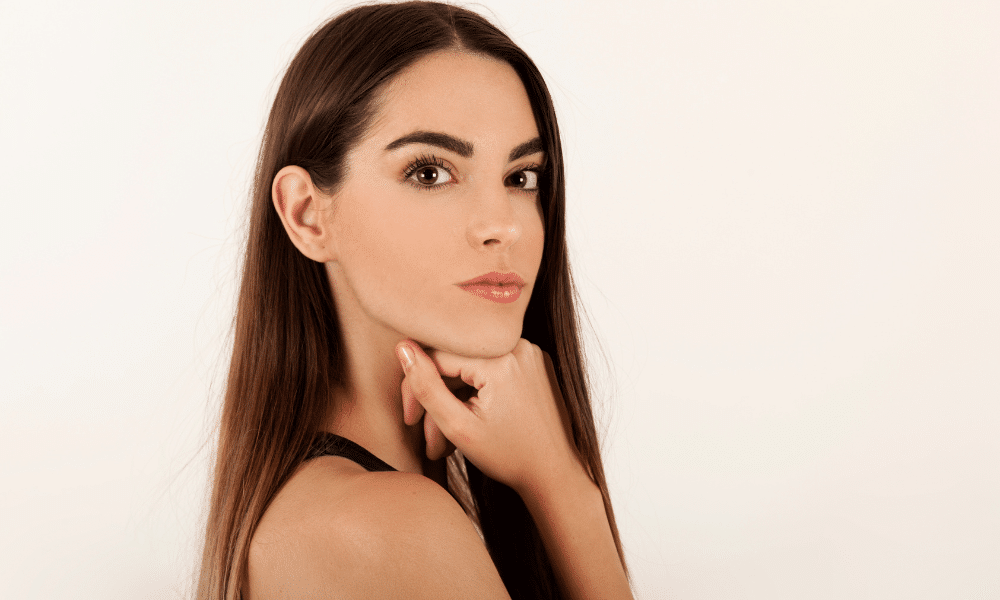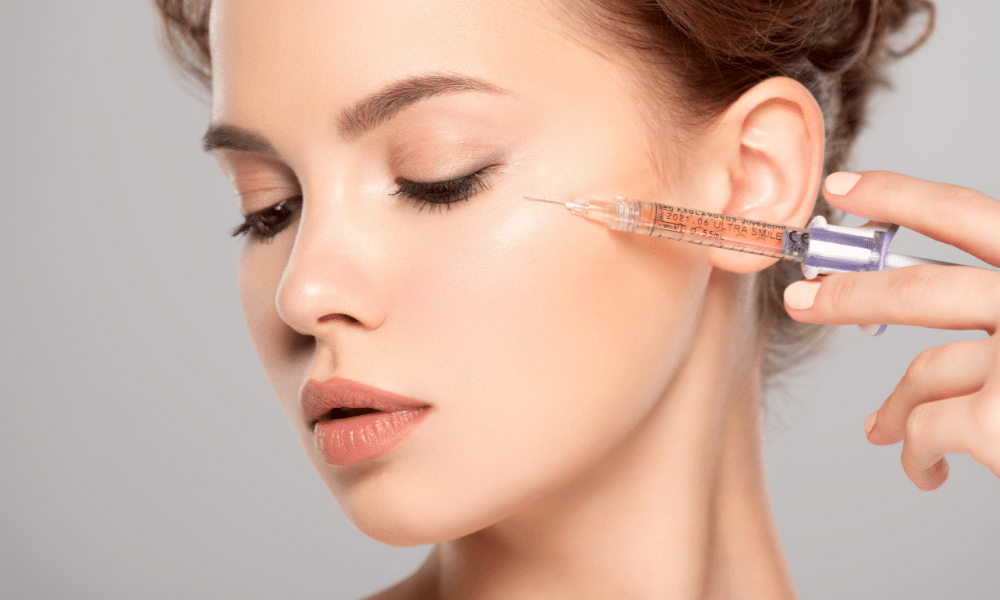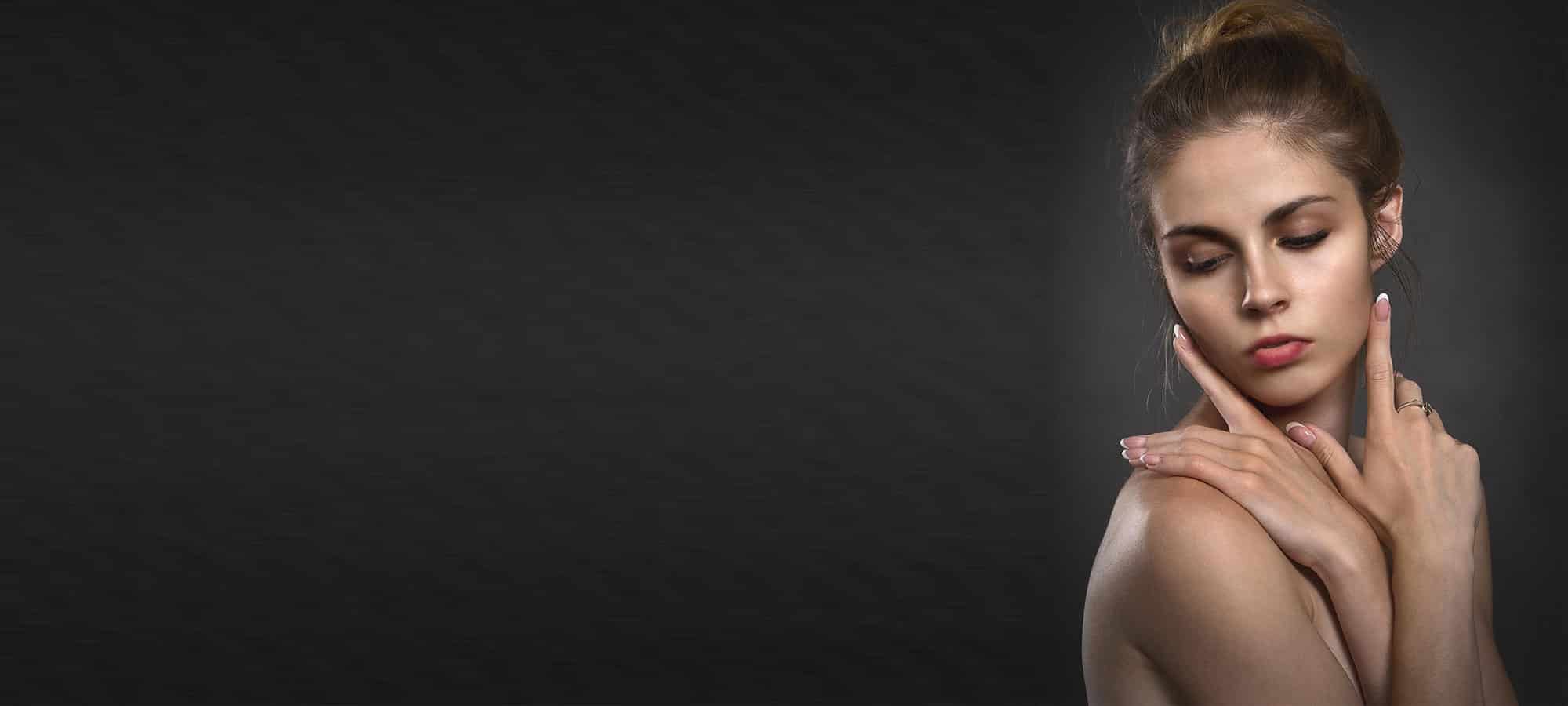
Botox injections are one of the most prevalent types of non-surgical procedures to treat many skin issues including crow’s feet. Crow’s feet refer to wrinkles that tend to appear in the area outside the corners of your eyes. They are notoriously difficult to cure.
This is where Botox for crow’s feet comes on. Botox treatments get rid of crow’s feet fast and help combat the deterioration of your skin elasticity or rubber band effect.
But how exactly does Botox work for crows feet? Is it safe to use Botox for crows feet? How about the results?
In this article, I will talk about using Botox to treat crows feet. I will also answer the most frequently asked questions about Botox as a treatment for crows feet.
How Long Do Botox Injections Last for Crow’s Feet?
It takes approximately two to three days for Botox to take effect and improve the appearance of crow’s feet.
After a few days, the muscles that surround your eyes will start to relax. In most cases, the effects of the treatment can be expected to last for three to four months. You’ll need to schedule follow-up appointments with your doctor for a treatment session every few months since Botox only offers temporary results.
Is Botox or Fillers Better for Crow’s Feet?

Botox is the most effective treatment for crow’s feet. It is used to alleviate creases in the lower eyelid and under the eyes.
On the other hand, dermal fillers have a slightly different purpose. Dermal fillers restore volume and fill in sunken areas to give you a younger look.
Given this, Botox London is better for crow’s feet. However, Botox and dermal fillers can work hand in hand to give rejuvenate your face.
How Much Botox Do You Need for Crow’s Feet?
If you’re planning to get Botox to treat crow’s feet, you must be prepared for the expenses. In addition, you must remember that cosmetic doctors charge based on the number of Botox units needed to achieve your beauty goals.
In London, the cost of one unit of Botox can range anywhere from £100 to £500. Take into account the fact that the price you pay will differ not only according to where you reside but also to the number of units you need. It also depends on the type of facility, the doctor’s experience, and post-op aftercare.
Moreover, Botox for crow’s feet is not covered by medical insurance because they are an elective cosmetic treatment.
When Should You Start Botox for Crow’s Feet?

There is no single “magic” age when you should begin receiving preventative treatments like Botox.
Instead, pay attention to the problems with your skin. When you first notice facial lines and laugh lines, consider Botox. It may be the answer to keeping early fine lines from developing into wrinkles, preventing crow’s feet.
Moreover, people must be at least 18 years old to receive Botox. The majority of medical professionals concur that patients in their mid- to late-20s and early-30s are an appropriate age for preventative Botox. Any early than your mid to late 20s is usually unnecessary because you won’t likely develop enough wrinkles and prevent crow’s feet.
Does Botox Work on Crow’s Feet?
Yes, Botox works on crow’s feet. Even when deep lines are present, the results can be rather dramatic after the treatment.
In particular, Botox relaxes the muscles that surround the corners of the eyes. This lessens the appearance of lines known as crow’s feet.
When you make facial expressions, you should be able to see that the skin around your eyes appears smoother after you have had the treatment. On top of that, the difference should be particularly noticeable.
Why Botox Is the Perfect Treatment for Crow’s Feet

A Botox treatment is perfect for crow’s feet because it is specifically made to treat wrinkles. Since crow’s feet are a type of wrinkle, using Botox works to get rid of them.
In particular, Botox treats crow’s feet by relaxing the muscles that surround and intersect your eye corners. This results in your skin becoming smoother.
Aside from its cosmetic purpose, Botox can also be used to treat excessive sweating, droopy eyelids, and other dynamic wrinkles on your face.
Crow’s Feet: What Is It and How to Treat It With Botox?
The term crow’s feet refer to dynamic wrinkles that appear in the area around the eyes.
With very thin needles, the botulinum toxin type is injected straight into the crow’s feet. Even if you don’t have a problem with needles, your doctor will still numb the region with local anaesthesia before starting the shots.
Next, the doctor will inject the substance into the target area. The treatment will just take a few minutes since crow’s feet only affect a small portion of your face.
If you choose to combine Botox with other treatment options like PRP injections, non-surgical rhinoplasty, or signature laser resurfacing, the procedure could take a little bit longer. When treating crow’s feet, laser treatments are sometimes used in conjunction with Botox.
What Exactly Is Botox?

Doctors have been using the medication Botox to address wrinkles and folds on the face for many years. A substance produced by the bacteria Clostridium botulinum, Botox was the first injectable form of the toxin.
Botox can get rid of the visible signs of ageing. It can also soften lines and wrinkles, giving you natural looking results. As of writing, Botox is one of the most popular cosmetic procedures. The vast majority of people with dynamic wrinkles attest to the effectiveness of the substance.
How Does Botox Work on Facial Muscles?
Botox in London, UK prevents the nerves from sending impulses to the muscles. As a result, muscle movement is prevented. This leads to the prevention of character lines, fine lines, and wrinkles.
The most typical areas for Botox treatment are frown lines, crow’s feet (lines around the eyes), and forehead wrinkles. Wrinkles caused by sun damage cannot be treated with Botox though.
What Happens When You Have Botox?
Botox stops specific nerve signals from causing muscles to contract. These injections are most frequently used to momentarily relax the face’s muscles that contribute to wrinkles around the eyes and on the forehead.
When done by the right cosmetic doctor, Botox produces natural looking results. Others won’t even think that you had some work done.
Is Botox Treatment Safe?
When administered by a trained medical practitioner, Botox in London poses minimal health risks. Pain, swelling, or bruising at the injection site are among the potential side effects of the procedure.
To make sure that you reap the benefits, avoid strenuous exercise. make sure to listen to your cosmetic practitioner to get the most out of the final results.
Book a Consultation With Dr Julian de Silva
Do you want a free consultation from one of the best Botox providers? Are you looking to prevent wrinkles with little recovery time? Do you want your questions to be addressed during the initial consultation? Book a consultation with me now!
As an alternative, you can visit my clinic at 23 Harley St, London W1G 9QN, United Kingdom.

